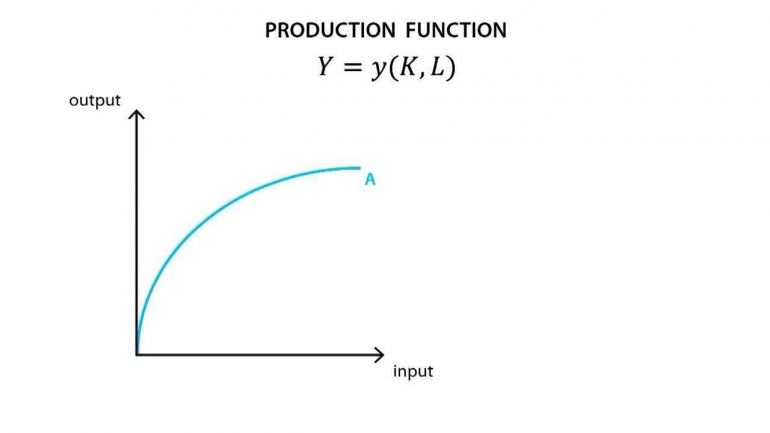Baumol's cost disease highlights how certain sectors, like education and healthcare, can experience cost increases without corresponding productivity gains. In higher education, factors like faculty priorities and teaching methods can affect productivity. Despite technological advancements, traditional teaching methods persist, and faculty often lack training in effective teaching strategies. This contributes to rising costs without substantial improvements in student quality.
A Bubble to Burst
Charles Sykes argues that academia is a bubble on the brink of bursting. Professors often seek to reduce their teaching loads, a trend that is encouraged by administrators and academic departments. In his book, he mentioned that in 2016, only 44% of faculty dedicated nine hours or more per week to teaching, down from 63% in the 1900s.
Teaching assistants or poorly-paid adjuncts are often used to replace professors in the classroom, while professors have increased the volume of their research output. Moreover, a significant portion of published articles go unread, with up to half never being read by anyone other than editors, and sometimes not even by them. Additionally, up to 90% of articles never receive a single citation. Most of this system is supported by taxpayer subsidies, often without adequate consideration of value or cost.
Sykes highlights what he calls the "law of more," which economists refer to as the "revenue theory of costs." This concept suggests that higher education institutions, unlike most other industries, struggle to measure unit costs and can potentially spend unlimited amounts of money for the sake of “education”. If a college receives more funding, it will likely find ways to spend it. Governments that subsidize higher education have yet to fully grasp this aspect of college economics, leading to continued overspending in college campuses.
Is The More The Merrier?
The American Association of Colleges and Universities highlights a decrease in the quality of graduates and criticizes public policies for prioritizing student enrollment in college without sufficient focus on what students should achieve once enrolled. If they manage to fulfill the preferred demand of targeted students, what’s next? There will be too little percentage of students who graduate with requisite skills needed to boost economic growth.
It resonates with the fact that quality issues in higher education significantly impede the slowing productivity growth. As the quality of higher education declines, the demand for highly skilled workers continues to rise. But, obtaining a bachelor's degree without acquiring the necessary knowledge, skills, and competencies for effective participation in the labor market and society is an empty achievement. If continued continuously, this habit can lead to the “diploma mill” phenomenon. In the end, economic projection that fails to consider negative externalities, such as those affecting education quality, isn’t actually a growth.
However, this bloated education system does not exist without reason. Society does seek a higher education to attain a respectable quality of life. This drives universities to fulfill societal demands and reflects the industries' requirement for an educated workforce.










